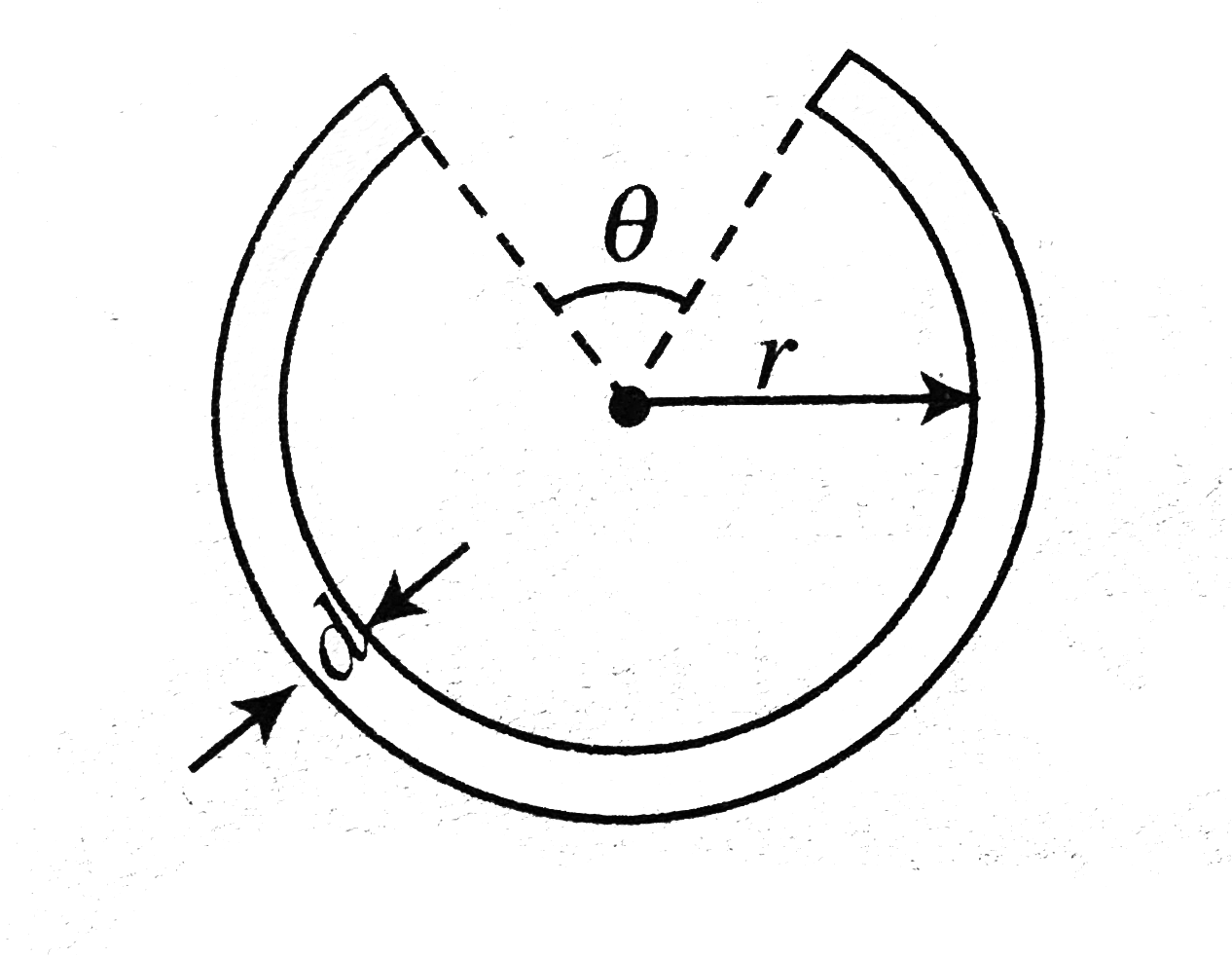Complete Solutions to Thermal Expansion of chapter THERMOMETRY, THERMAL EXPANSION AND CALORIMETRY of Class 11 book with complete answers and questions
| Class 11 | PHYSICS |
| Chapter | THERMOMETRY, THERMAL EXPANSION AND CALORIMETRY |
| ERRORLESS | Thermal Expansion |
| Number Of Questions | 34 |
| Academic Year | 2023-24 |
When a copper ball is heated, the largest percentage increase will occur in its
03:09View SolutionA vertical column 50 cm long at `50^(@)C` balances another column of same liquid 60 cm long at `100^(@)C` . The coefficient of absolute expansion of the liquid is
03:14View SolutionThe apparent coefficient of expansion of liquid, when heated in a copper vessel is `C` and when heated in a silver vessel is `S`. If `A` is the linear coefficient of expansion of Copper, linear expansion coefficient of silver is
02:02View SolutionA uniform metal rod is used as a bar pendulum. If the room temperature rises by `10^(@)C`, and the coefficient of linear expansion of the metal of the rod is `2 xx 10^(-6) per^(@)C`, the period of the pendulum will have percentage increase of
05:06View SolutionA bar of iron is 10 cm at `20^(@)C`. At `19^(@)C` it will be (`alpha` of iron `=11xx10.//^(@)C`)
01:30View SolutionWhen a rod is heated but prevented from expanding, the stress developed is independent of
View SolutionExpansion during heating
01:50View SolutionOn heating a liquid of coefficient of cubical expansion `gamma` in a container having coefficient of linear expansion `gamma//3`. The level of liquid in the container will
02:05View SolutionA pendulum clock keeps correct time at `0^(@)C`. Its mean coefficient of linear expansions is `alpha//.^(@)C`, then the loss in seconds per day by the clock if the temperature rises by `t^(@)C` is
02:53View SolutionWhen a bimetallic strip is heated, it
03:05View SolutionA solid metal ball has a spherical cavity. If the ball is heated, the volume of the cavity will
02:13View SolutionA litre of alcohol weighs
01:37View Solution5 litre of benzene weighs
01:42View SolutionWater has maximum density at
01:35View SolutionAt some temperature T, a bronze pin is a little large to fit into a hole drilled in a steel block. The change in temperature required for an exact fit is minimum when
02:03View SolutionIf the length of a cylinder on heating increases by `2%`, the area of its base will increase by
02:20View SolutionThe volume of a gas at `20^(@)C` is 100 cm at normal pressure. If it is heated to `100^(@)C` , its volume becomes 125 cm at the same pressure, then volume coefficient of the gas at normal pressure is
01:46View SolutionThe coefficient of superficial expansion of a solid is `2xx10//.^(@)C`. It's coefficient of linear expansion is
00:52View SolutionThe density of a substance at `0^(@)C` is `10 g//c c` and at `100^(@)C`, its density is `9.7 g//c c`. The coefficient of linear expansion ( `//@C`)of the substance is
02:48View SolutionCoefficient of apparent expansions of mercury is `0.18 xx 10^(-3)//^(0)C`. If the density of mercury at `0^(0)C` is `13.6 g//c c` its density at `473K` will be
03:18View SolutionThe real coefficient of volume expansion of glycerine is `0.000597per^(@)C` and linear coefficient of expansion of glass is `0.000009par^(@)C` . Then the apparent volume coefficient of glycerine is
02:35View SolutionA beaker filled with water at `4 .^(@)C` over flows if the temperature of water increases or decreases. Explain why?
02:17View SolutionThe volume of a metal sphere increases by `0.24%` when its temperature is raised by `40^(@)C` . The coefficient of linear expansion of the metal is .......... `.^(@)C`
01:57View SolutionThe ratio among coefficient of volume expansion, superficial expansion and linear expansion i.e.,
`gamma` : `beta` : `alpha` is02:48View SolutionIf on heating liquid through `80^(@)C`, the mass expelled is `(1//100)^(th)` of mass still remaining, the coefficient of apparent expansion of liquid is
06:40View SolutionIn cold countries, water pipes sometimes burst, because
01:28View Solution
A thin cylindrical metal rod is bent into a ring with a small gap as shown in figure. On heating the system02:59View SolutionThe length of a metallic rod is 5 m at `0^(@)C` and becomes `5.01 m` , on heating upto `100^(@)C` . The linear expansion of the metal will be
01:23View SolutionA metal rod of silver at `0^(@)C` is heated to `100^(@)C` . It's length is increased by `0.19 cm` . Coefficient of cubical expansion of the silver rod is
01:43View SolutionA brass disc fits snugly in a hole in a steel plate. Should you heat or cool this system to losen the disc from the hole ? given that `alpha _b gt alpha _Fe`.
01:42View SolutionA metallic bar is heated from `0^(@)C` to `100^(@)C`. The coefficient of linear expansion is `10^(-5)K^(-1)`. What will be the percentage increase in length
02:59View SolutionIf a cylinder of diameter `1.0cm` at `30^(@)C` is to be slid into a hole of diameter `0.9997 cm` in a steel plate at the same temperature, the minimum required rise in the temperature of the plate is: (Coefficient of linear expansion of steel`= 12 xx 10^(-6//@)C`)
03:37View SolutionThe temperature of water at the surface of a deep lake is `2^@C`. The temperature expected at the bottom is
01:38View SolutionTwo rods, one of aluminium and other made of steel, having initial lengths `l_(1) and l_(2)` are connected together to form a single rod of length `(l_(1)+l_(2))`. The coefficient of linear expansions for aluminium and steel are `alpha_(a)` and `alpha_(s)` respectively. If length of each rod increases by same amount when their tempertures are raised by `t^(@)C`, then find the ratio `l_(1) (l_(1)+l_(2))`.
02:36View Solution
Thermal Expansion questions and complete solutions for chapter THERMOMETRY, THERMAL EXPANSION AND CALORIMETRY of UNIVERSAL BOOK DEPOT 1960 PHYSICS (HINGLISH) of Class 11
